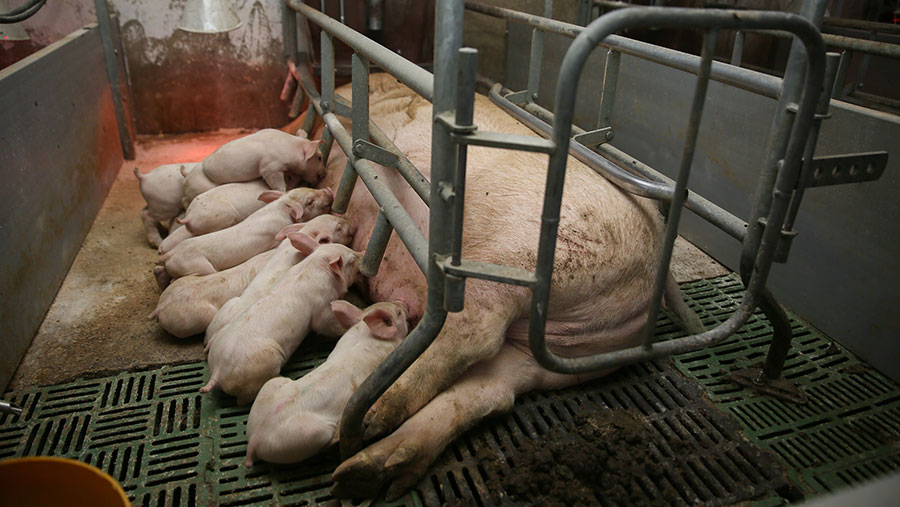If you're in the swine industry, you've probably heard about pig farrowing crates. But for those who are not familiar, pig farrowing crates are small, metal cages that are designed to house a sow (female pig) during the farrowing process, where she gives birth to piglets.

You might be wondering why these farrowing crates are necessary. There are a few reasons:
1. Sow Safety - Farrowing crates are designed to keep sows safe during the farrowing process. Without them, sows can accidentally crush their piglets, which can result in serious injuries or death. The small size of the crate also helps prevent sows from twisting or turning, which can lead to injuries.
2. Piglet Safety - Farrowing crates ensure that piglets have a safe and secure environment to grow in. According to research, piglets housed in farrowing crates have a lower mortality rate compared to those housed in alternative systems.
3. Efficiency - Farrowing crates make it easier for farmers to monitor sows and piglets, as well as provide individual care when necessary. It also helps reduce labor costs by allowing farmers to manage more sows with fewer employees.
Despite the benefits of farrowing crates, some people argue that they are inhumane and that sows should have more space to move around during the farrowing process. In response to this, some farmers have implemented "Free Farrowing" systems, where sows are not confined to crates but are given space to move around and care for their piglets.
While these systems have their advantages, they are not without their challenges. Free farrowing can be more labor-intensive, and there is a higher risk of piglet mortality due to accidental crushing or exposure to the elements.
Overall, pig farrowing crates are designed to keep sows and piglets safe during the farrowing process. While alternative systems such as free farrowing have their advantages, they also have their own set of challenges. It ultimately comes down to the individual farmer's preference and resources in determining the best system for their operation.